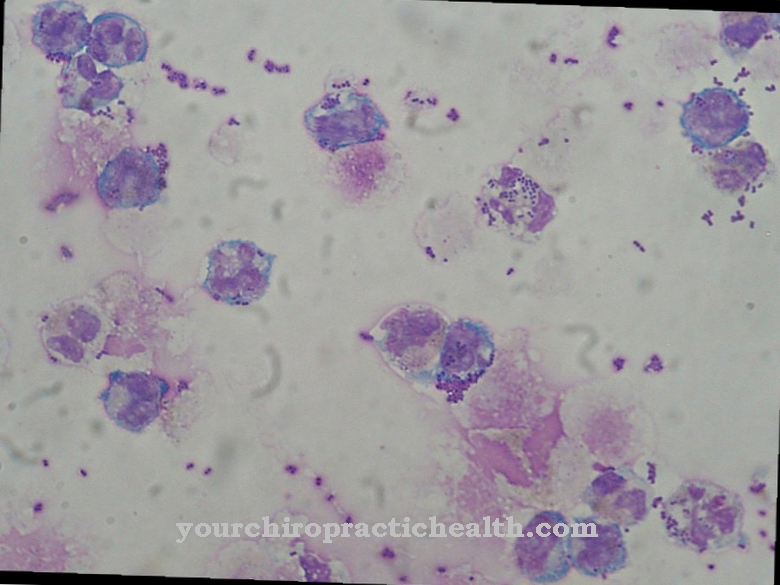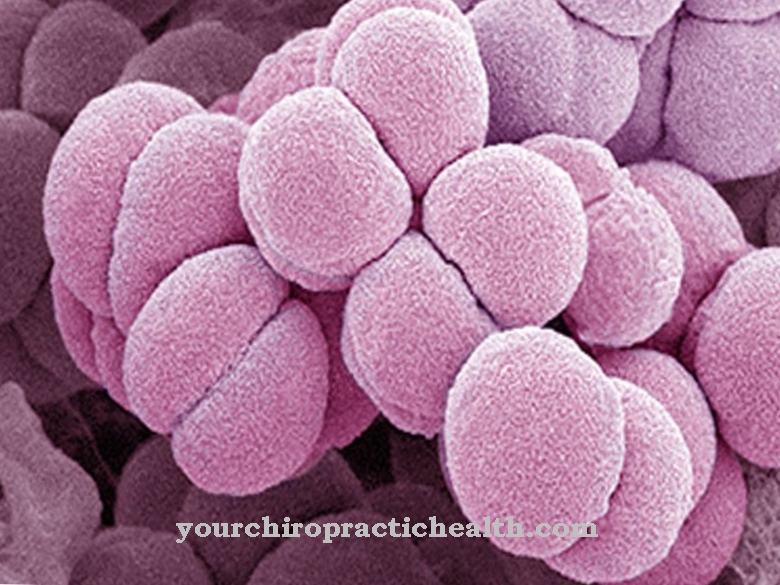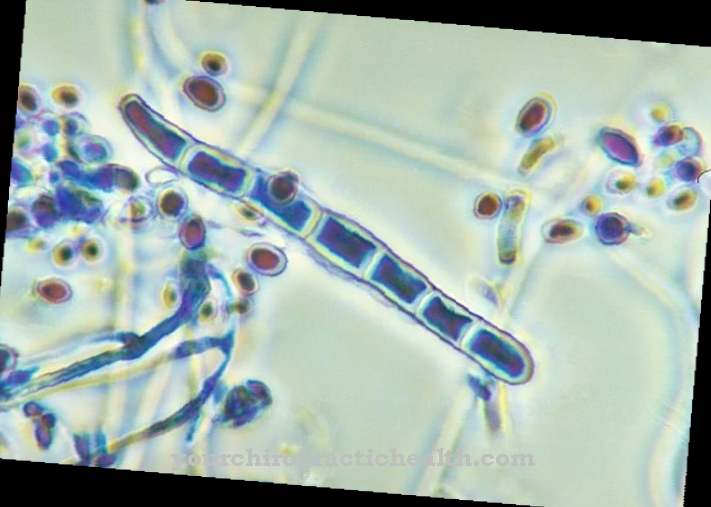Human papillomavirus Mainly appear in two forms in humans: As warts on the skin, they are known as an annoying but rather harmless disease. As viruses transmitted sexually or through other intimate contact, some types of human papillomavirus can cause various forms of cancer, especially cervical cancer.
What are human papilloma viruses?
Human papillomavirus, short HPV, form a diverse group of DNA viruses. Over a hundred different types of viruses have now been described for this group of viruses.
HP viruses do not have a shell and appear as spherical structures under the microscope. Inside the spheres there is a double-stranded DNA. HP viruses belong to the so-called oncoviruses.
These viruses can cause malignant degeneration of tissues and thus lead to cancer. Around ten to 15 percent of all cancers worldwide can be traced back to human papilloma viruses and other oncoviruses.
Meaning & function
A healthy person comes with a host human papillomavirus in contact, the viruses are transmitted to the skin or mucous membranes.
Some papilloma viruses, on the other hand, are mainly sexually transmitted to the vaginal and anal areas, but also to the oral cavity. HP viruses are among the most common sexually transmitted pathogens. Once the viruses come into contact with a new host, they penetrate the epithelial cells of the skin and mucous membranes. About thirty of the over one hundred species have specialized in the skin and mucous membranes of the genital and anal area.
Once the viruses have penetrated the cells, they can go unnoticed there for months or even years. An infection is often symptom-free and heals up unnoticed. However, HPV can also cause uncontrolled cell growth. The growths are usually benign and show up in the form of warts on the affected skin area. If intimate areas are attacked, the viruses cause genital warts and other genital warts there.
Since the infection often goes unnoticed, one hundred percent protection against infection with sexually transmitted papilloma viruses is only possible through abstinence. Condoms greatly reduce the risk of contracting HPV. However, HP viruses are transmitted via infectious skin areas, not body fluids. So it can come to an infection through areas of skin not covered by the condom. Other types of HPV can, in rarer cases, also be transmitted through shared cups, towels, and the like.
The vaccine Gardasil has been approved in Germany for the prevention of common, dangerous forms of the human papillomavirus since 2006. He immunized against HPV types 16 and 18 as well as eleven and six. With Cervarix, a second vaccine has been available since 2007 that covers types 16 and 18. The vaccination is recommended for girls and young women between the ages of twelve and 17 before their first sexual contact.
There is no therapy after infection with HPV. Only the growths that develop are treated. Possible treatments for the growths are topical application of interferons and other cytokines. In the case of larger growths caused by human papilloma viruses, burns to the warts or surgical intervention may be necessary.
Diseases
It was the German doctor Harald zur Hausen who made the connection of an infection with human papillomavirus and the development of cervical cancer. The cancer called cervical carcinoma in medical German is caused by so-called high-risk types of HPV.
These include genotypes 16, 18, 31, and 33. At least one of these high-risk types is found in almost every woman affected by this cancer. The so-called low-risk types, on the other hand, almost never directly cause the dangerous degeneration of the cervix.
In addition to cervical cancer, the high-risk types of HPV also favor cancer in the vagina, penis, anus and oral cavity. It is also suspected that human papilloma viruses are involved in the development of white skin cancer.
The warts caused by HP viruses are far more harmless. In the genital area, however, these can become uncomfortable due to itching and burning. The so-called genital warts are particularly common genital warts. These can appear months or years after the infection. The search for the source of the infection and the avoidance of the transmission of human papilloma viruses is correspondingly difficult.
If you can finally see or feel the warts, the disease is well advanced and requires surgical treatment. If genital warts are suspected, it is therefore advisable to consult a proctologist at an early stage.

























.jpg)


